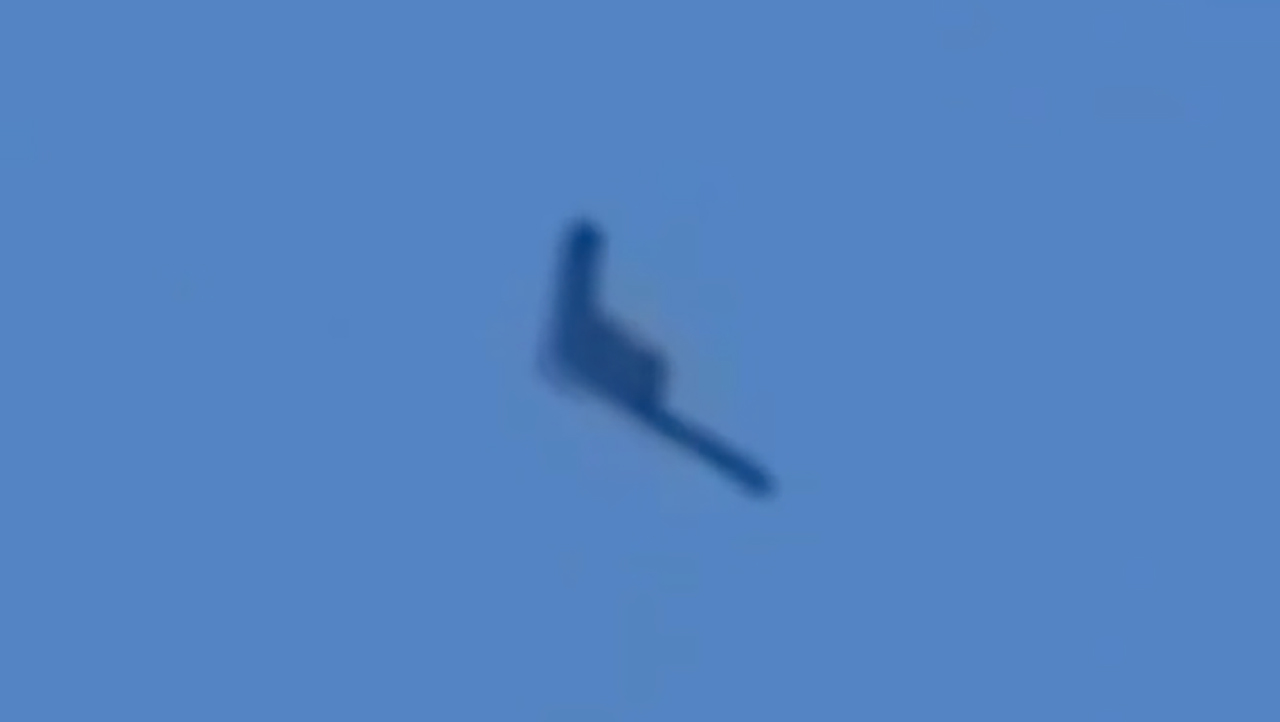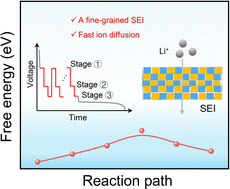Used Skoda Yeti 2009-2017 review
The Skoda Yeti crossover is a member of the fastest-growing niche of vehicles, where it's chunky charms still shine in an overcrowded segment Jacked-up hatchback or compact SUV? Whichever way you view the Skoda Yeti, there’s no denying that the Czech marque’s segment-blending family car is unique, even if it did borrow its engines and parts from the vast stores of the Volkswagen Group.Its funky silhouette and quirky dimensions captured Europeans’ imaginations when it first arrived in 2009: more than 700,000 were sold before production came to an end in 2018.And long after its demise, this cheerful chariot still holds up as a reliable and appealing family wagon – especially as it can now be bought for as little as £1500. That’s a bargain price for a crossover that’s more refined than a contemporary Dacia Duster and more pleasing to drive than a Nissan Qashqai.The Yeti’s Volkswagen Golf underpinnings ensured that it drove more like a hatchback on the road despite its SUV looks, with surprising agility, grip and balance.The steering is accurate, the body is kept well in check and there’s a pleasing sense of togetherness and predictability to how the Yeti handles, be it in town, on a rural back road or down a motorway.It can be caught out by the odd short sharp intrusion, but the ride is generally comfortable, so you and your passengers – and even the St Bernard lounging in the 416-litre boot – won’t feel aggrieved.There’s plenty of flexibility to the cabin too: you can slide the rear seats fore and aft to increase boot capacity, fold them almost flat, or remove them completely to create essentially a small van. Head and knee room are generous enough for adults in the rear, too, and there are endless storage cubbies for your offspring to hide sweet wrappers.Materially the Yeti has a robust and durable feel inside, while the dashboard is logically configured and the switchgear is easy to use. Four trims were available from launch – E, S, SE and Elegance.All versions are well equipped, but we would aim for at least an SE for its dual-zone climate control and rear parking sensors, or an Elegance for its bi-xenon headlights, leather trim and heated front seats.SE L and posh Laurin & Klement trims were added in 2013, then in 2014 the Yeti was treated to a facelift, which improved its looks with a sharper front end, improved its interior and introduced more kit. You can pay around £6000 for a nicely maintained, 75,000-mile pre-facelift Yeti, but it’s well worth forking out the extra £1000-£2000 for a post-facelift car.There’s a broad range of engines to choose from, each available with either a six-speed manual or a dual-clutch (DSG) automatic gearbox. On the petrol side, there’s a 104bhp 1.2-litre TSI, a 148bhp 1.4 TSI (a rare find in the classifieds) and a 158bhp 1.8-litre TSI.The 1.2 is the ideal companion for town driving and will return about 50mpg day to day. But you’re more likely to end up in a diesel, as the majority of examples were fitted with the bulletproof 2.0 TDI engine, which was offered with 108bhp, 138bhp or 168bhp.Aim for the 138bhp or 168bhp and you will have a diesel Yeti with plenty of low-end grunt and four-wheel drive. A 4x4 model will still do around 45mpg and the extra driven axle is handy for towing or negotiating a muddy field.Strap on a set of winter boots and you will find the Yeti could even be the ideal car for climbing into the Himalayas to search for its namesake.Or you could just use it to go to the tip, and it will be good at that too.
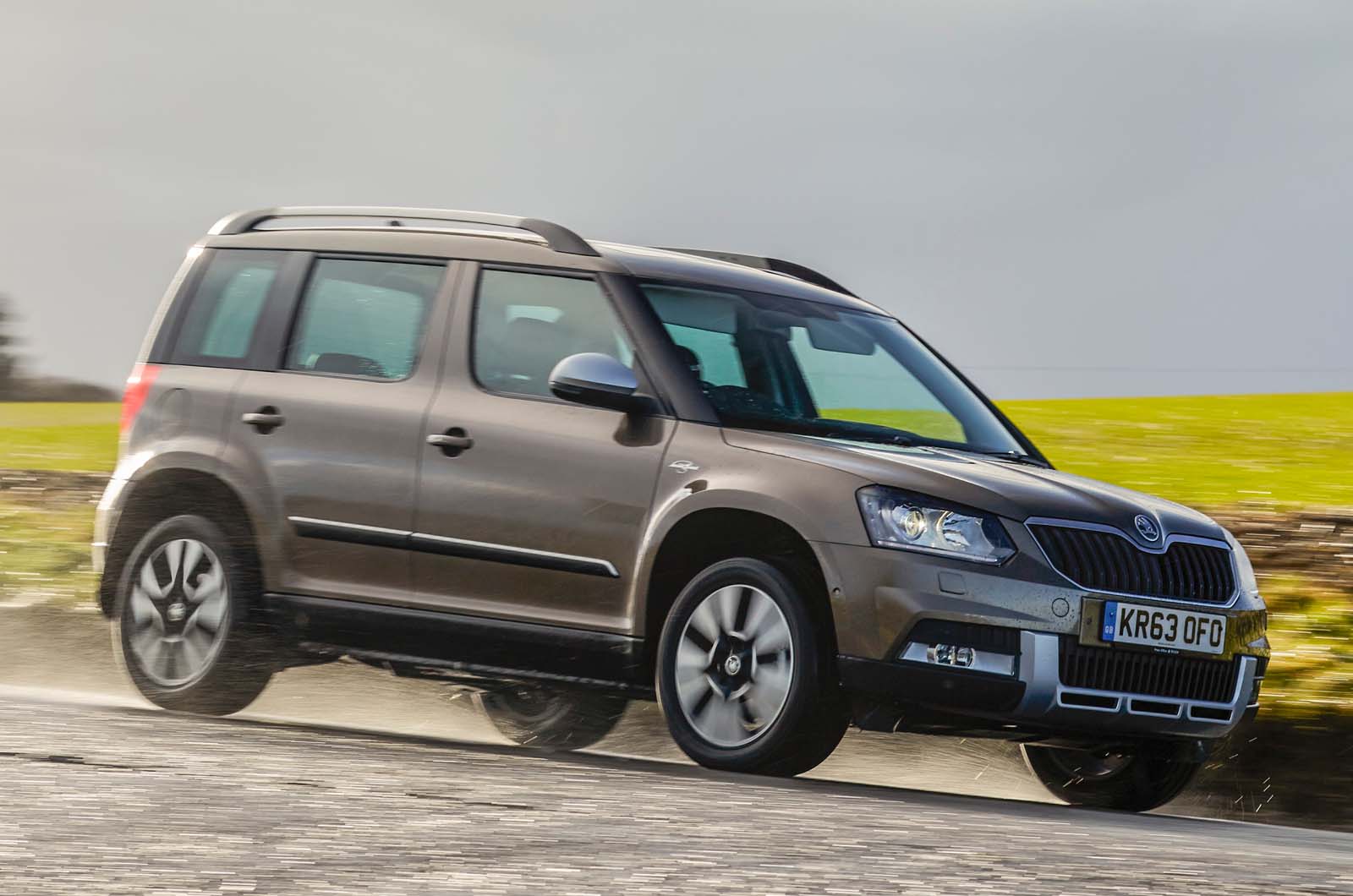
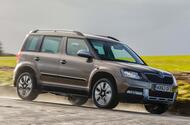 The Skoda Yeti crossover is a member of the fastest-growing niche of vehicles, where it's chunky charms still shine in an overcrowded segment
Jacked-up hatchback or compact SUV? Whichever way you view the Skoda Yeti, there’s no denying that the Czech marque’s segment-blending family car is unique, even if it did borrow its engines and parts from the vast stores of the Volkswagen Group.Its funky silhouette and quirky dimensions captured Europeans’ imaginations when it first arrived in 2009: more than 700,000 were sold before production came to an end in 2018.And long after its demise, this cheerful chariot still holds up as a reliable and appealing family wagon – especially as it can now be bought for as little as £1500. That’s a bargain price for a crossover that’s more refined than a contemporary Dacia Duster and more pleasing to drive than a Nissan Qashqai.The Yeti’s Volkswagen Golf underpinnings ensured that it drove more like a hatchback on the road despite its SUV looks, with surprising agility, grip and balance.The steering is accurate, the body is kept well in check and there’s a pleasing sense of togetherness and predictability to how the Yeti handles, be it in town, on a rural back road or down a motorway.It can be caught out by the odd short sharp intrusion, but the ride is generally comfortable, so you and your passengers – and even the St Bernard lounging in the 416-litre boot – won’t feel aggrieved.There’s plenty of flexibility to the cabin too: you can slide the rear seats fore and aft to increase boot capacity, fold them almost flat, or remove them completely to create essentially a small van. Head and knee room are generous enough for adults in the rear, too, and there are endless storage cubbies for your offspring to hide sweet wrappers.Materially the Yeti has a robust and durable feel inside, while the dashboard is logically configured and the switchgear is easy to use. Four trims were available from launch – E, S, SE and Elegance.All versions are well equipped, but we would aim for at least an SE for its dual-zone climate control and rear parking sensors, or an Elegance for its bi-xenon headlights, leather trim and heated front seats.SE L and posh Laurin & Klement trims were added in 2013, then in 2014 the Yeti was treated to a facelift, which improved its looks with a sharper front end, improved its interior and introduced more kit. You can pay around £6000 for a nicely maintained, 75,000-mile pre-facelift Yeti, but it’s well worth forking out the extra £1000-£2000 for a post-facelift car.There’s a broad range of engines to choose from, each available with either a six-speed manual or a dual-clutch (DSG) automatic gearbox. On the petrol side, there’s a 104bhp 1.2-litre TSI, a 148bhp 1.4 TSI (a rare find in the classifieds) and a 158bhp 1.8-litre TSI.The 1.2 is the ideal companion for town driving and will return about 50mpg day to day. But you’re more likely to end up in a diesel, as the majority of examples were fitted with the bulletproof 2.0 TDI engine, which was offered with 108bhp, 138bhp or 168bhp.Aim for the 138bhp or 168bhp and you will have a diesel Yeti with plenty of low-end grunt and four-wheel drive. A 4x4 model will still do around 45mpg and the extra driven axle is handy for towing or negotiating a muddy field.Strap on a set of winter boots and you will find the Yeti could even be the ideal car for climbing into the Himalayas to search for its namesake.Or you could just use it to go to the tip, and it will be good at that too.
The Skoda Yeti crossover is a member of the fastest-growing niche of vehicles, where it's chunky charms still shine in an overcrowded segment
Jacked-up hatchback or compact SUV? Whichever way you view the Skoda Yeti, there’s no denying that the Czech marque’s segment-blending family car is unique, even if it did borrow its engines and parts from the vast stores of the Volkswagen Group.Its funky silhouette and quirky dimensions captured Europeans’ imaginations when it first arrived in 2009: more than 700,000 were sold before production came to an end in 2018.And long after its demise, this cheerful chariot still holds up as a reliable and appealing family wagon – especially as it can now be bought for as little as £1500. That’s a bargain price for a crossover that’s more refined than a contemporary Dacia Duster and more pleasing to drive than a Nissan Qashqai.The Yeti’s Volkswagen Golf underpinnings ensured that it drove more like a hatchback on the road despite its SUV looks, with surprising agility, grip and balance.The steering is accurate, the body is kept well in check and there’s a pleasing sense of togetherness and predictability to how the Yeti handles, be it in town, on a rural back road or down a motorway.It can be caught out by the odd short sharp intrusion, but the ride is generally comfortable, so you and your passengers – and even the St Bernard lounging in the 416-litre boot – won’t feel aggrieved.There’s plenty of flexibility to the cabin too: you can slide the rear seats fore and aft to increase boot capacity, fold them almost flat, or remove them completely to create essentially a small van. Head and knee room are generous enough for adults in the rear, too, and there are endless storage cubbies for your offspring to hide sweet wrappers.Materially the Yeti has a robust and durable feel inside, while the dashboard is logically configured and the switchgear is easy to use. Four trims were available from launch – E, S, SE and Elegance.All versions are well equipped, but we would aim for at least an SE for its dual-zone climate control and rear parking sensors, or an Elegance for its bi-xenon headlights, leather trim and heated front seats.SE L and posh Laurin & Klement trims were added in 2013, then in 2014 the Yeti was treated to a facelift, which improved its looks with a sharper front end, improved its interior and introduced more kit. You can pay around £6000 for a nicely maintained, 75,000-mile pre-facelift Yeti, but it’s well worth forking out the extra £1000-£2000 for a post-facelift car.There’s a broad range of engines to choose from, each available with either a six-speed manual or a dual-clutch (DSG) automatic gearbox. On the petrol side, there’s a 104bhp 1.2-litre TSI, a 148bhp 1.4 TSI (a rare find in the classifieds) and a 158bhp 1.8-litre TSI.The 1.2 is the ideal companion for town driving and will return about 50mpg day to day. But you’re more likely to end up in a diesel, as the majority of examples were fitted with the bulletproof 2.0 TDI engine, which was offered with 108bhp, 138bhp or 168bhp.Aim for the 138bhp or 168bhp and you will have a diesel Yeti with plenty of low-end grunt and four-wheel drive. A 4x4 model will still do around 45mpg and the extra driven axle is handy for towing or negotiating a muddy field.Strap on a set of winter boots and you will find the Yeti could even be the ideal car for climbing into the Himalayas to search for its namesake.Or you could just use it to go to the tip, and it will be good at that too. 











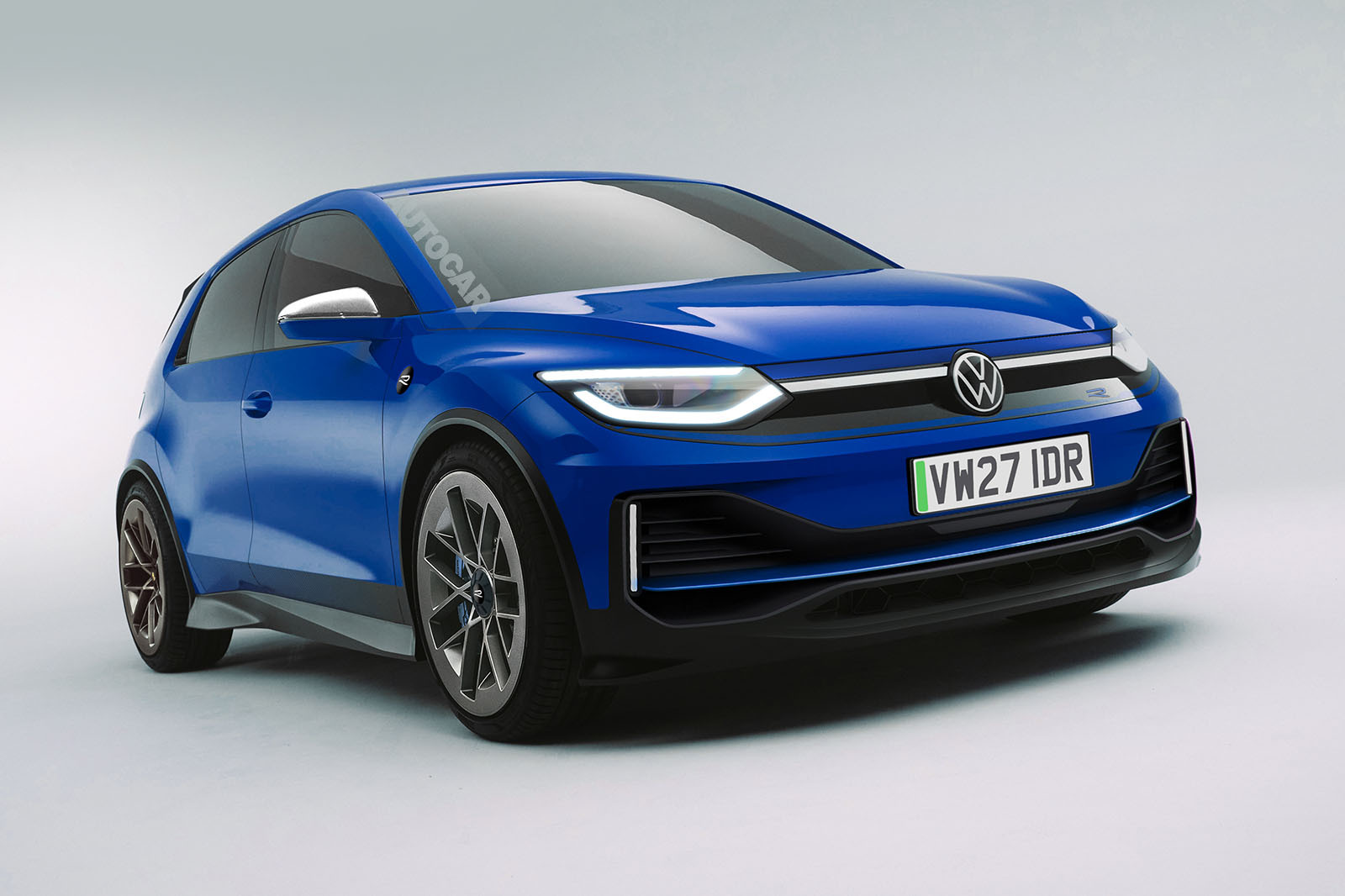












































































![The American contingent and Turkey’s autonomy goals: Paris Air Show Day 3 [Video]](https://breakingdefense.com/wp-content/uploads/sites/3/2025/06/Wednesday-Wrap.00_00_32_21.Still001.png?#)
![A look at the jets flying high above the Paris Air Show [PHOTOS]](https://breakingdefense.com/wp-content/uploads/sites/3/2025/06/Rafale_02-scaled-e1750268097167.jpg?#)









